What Does Wearing Anklets Really Mean?
Anklets, those delicate pieces of jewelry wrapped around the ankle, have become an increasingly popular fashion accessory. But did you know that in many cultures and religions, anklets carry significant meaning beyond just looking stylish?
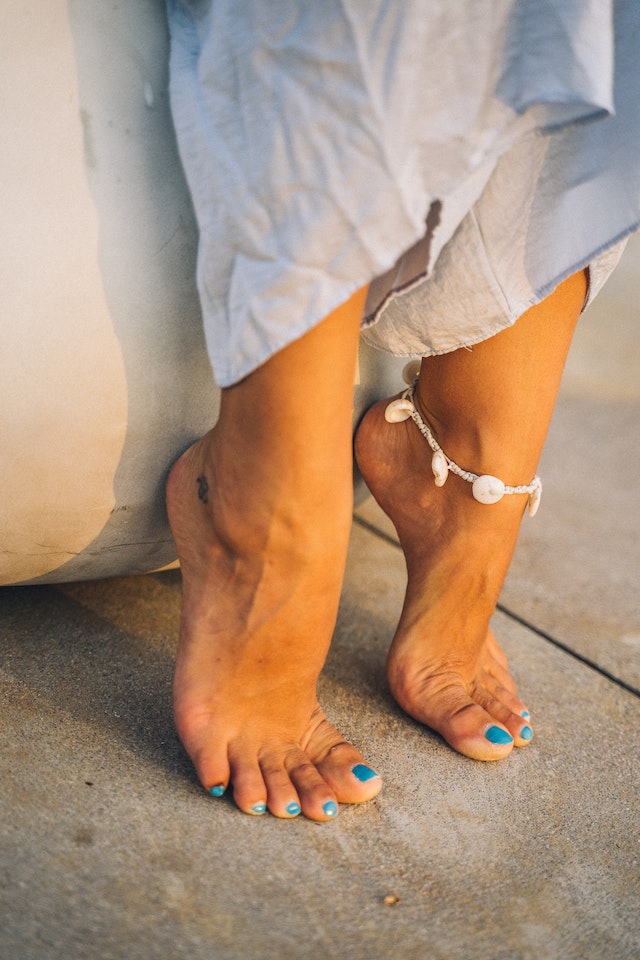
Traditional and Cultural Meaning
For centuries, anklets have carried cultural, spiritual and religious meaning in various societies.
In India, anklets hold deep traditional meaning for Hindu women. They are worn as a symbol of being married, acting as a bond protecting their husbands when apart. Anklets represent the love and sacred vow between husband and wife. Unmarried Hindu girls may also wear anklets as decorative jewelry.
In ancient Egypt, anklets signified wealth and high social status. They were adorned by dancers, associated with beauty and feminine charm.
Anklets were also popular in ancient Assyria and Babylonia as jewelry for women.
In Christianity, anklets represent perfection and churches gave anklets to virgins being presented to the community.
Modern Fashion Statement
Today, anklets are commonly viewed as a fun, fashionable accessory rather than holding religious or cultural meaning. However, they can still carry significance for the wearer.
Younger women and teens like to wear anklets to make casual everyday outfits feel more stylish and put-together. Anklets pair well with shorts, jeans, crop tops, and dresses.
Popular modern anklet styles include dainty chains, beaded strands, and anklets with charms or gems. Silver, gold, and rose gold metals are trendy.
Anklets can hold special sentimental meaning, like a gift from a relative or romantic partner.
The casual, delicate look of anklets allows women to express their personal style. Anklets work for many occasions, from brunch with friends to date nights.
Wearing Anklets Based on Leg Position
Alright, we talked about the cultural and religious meanings behind anklets. Now you’re probably wondering if the meaning changes depending on which ankle you wear an anklet on. Here’s what each ankle signifies:
Left Ankle
In most cultures, wearing an anklet on the left ankle carries romantic meaning.
Historically, it was believed that a nerve ending from the heart terminates in the left ankle, signifying love.
An anklet with bells or charms on the left leg indicates the woman wearing it is available and looking for a romantic partner.
In Hindu culture, a married woman wears a simple silver anklet on her left leg to convey her marital status.
Belly dancers wear anklets on their left ankles to enhance intricate footwork and signify femininity/creativity.
Right Ankle
Anklets worn on the right ankle are typically associated with sexuality and confidence.
The right side of the body is considered the active side. Wearing an anklet on the right projects an outgoing, bold personality.
Historically, prostitutes and courtesans wore anklets on their right ankles to signal desire and availability to men.
In belly dancing, the right anklet is heavier to keep time during rhythmic stomps and promote free movement.
Over time, right leg anklets came to represent independence, empowerment, and a carefree attitude in women.
Wearing Anklets on Both Ankles
For many modern women, wearing anklets on both ankles simply means amplifying the glamour and fun. Layering a slender gold anklet on one ankle and a beaded bracelet on the other creates visual interest.
Decorative anklets with detailed charms, sequins, or gems on both legs can signify creativity, whimsy, and charm.
Boho chic stacked anklets worn on both ankles convey the relaxed, artistic vibe associated with the bohemian style.
For belly dancers, ankle bracelets with bells on both legs maximize the dreamy, rhythmic effect during performances.
So in summary, the left ankle conveys romantic meaning, the right projects bold sexuality and confidence, while both ankles embellished with anklets amplify the style and charm. But most importantly, wear your ankle bracelets however you wish as a symbol of your own personal flair and inner spirit!
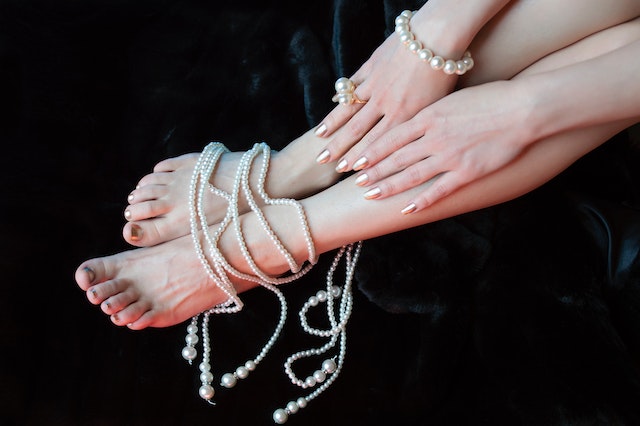
Conclusion
From cultural talismans to religious symbols of marriage, and from belly dancing accessories to modern fashion statements, anklets carry a diverse array of meanings. The symbolism not only varies between different cultures and faiths, but even on which ankle the anklet is worn – left, right or both. While historical associations continue to influence anklet styles today, many women wear these charming ankle bracelets as an expression of their personal freedom and style. Whether delicate or stacked, beaded or chained, anklets ultimately allow women to put their best foot forward in any situation.
-
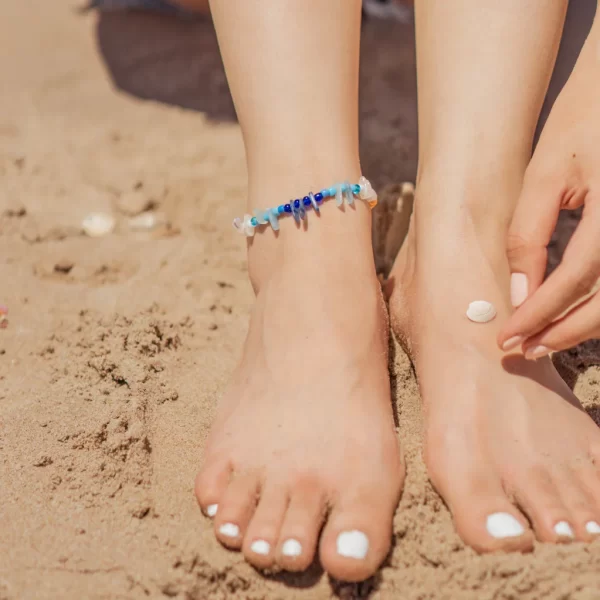
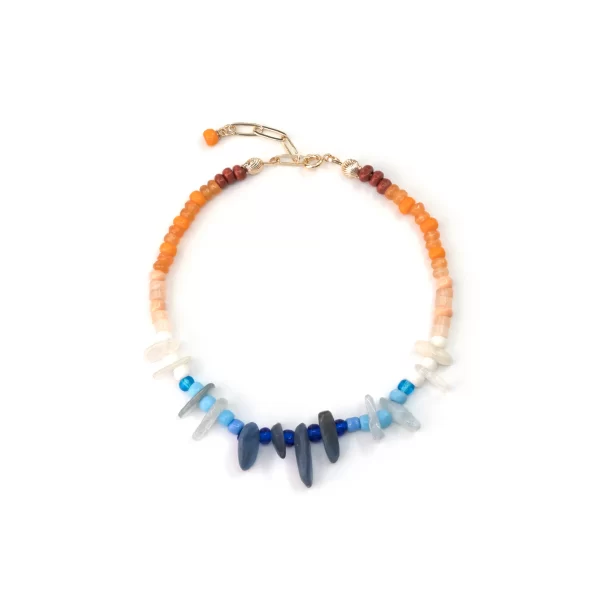 Product on salePacific Breeze Anklet$39.20
Product on salePacific Breeze Anklet$39.20 -
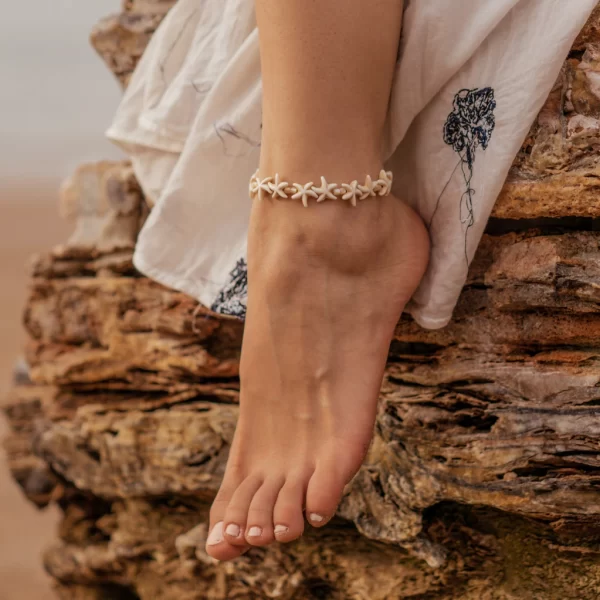
 Product on saleWashed Ashore Wonder Anklet$39.20
Product on saleWashed Ashore Wonder Anklet$39.20 -
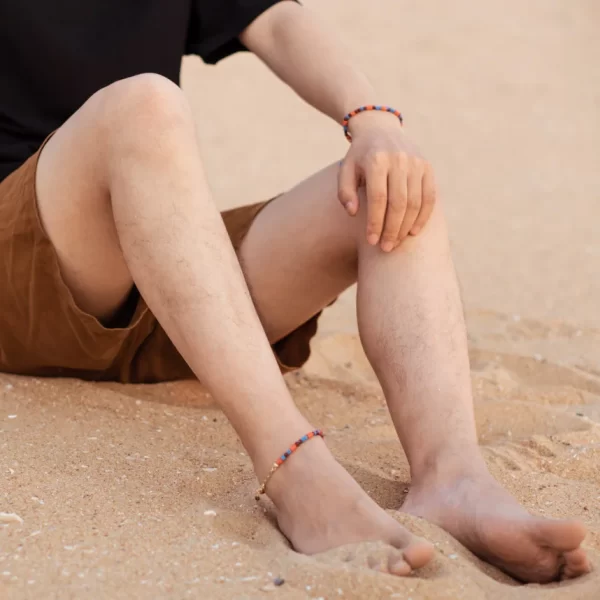
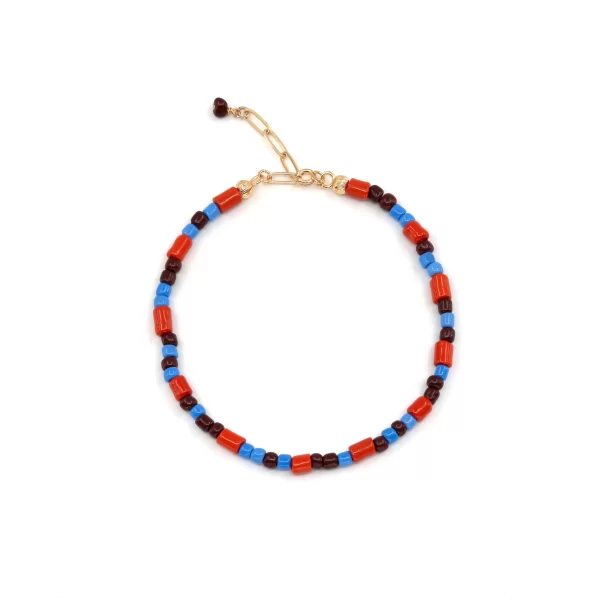 Product on saleMosaic Madness Anklet$33.60
Product on saleMosaic Madness Anklet$33.60 -
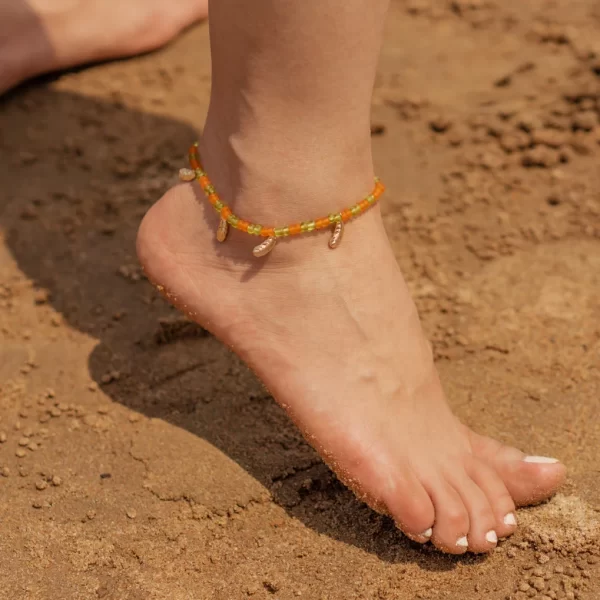
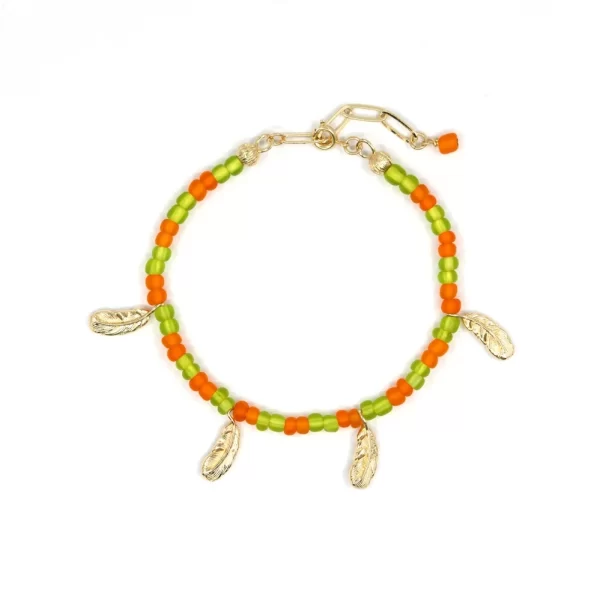 Product on saleCarnival Anklet$32.20
Product on saleCarnival Anklet$32.20 -
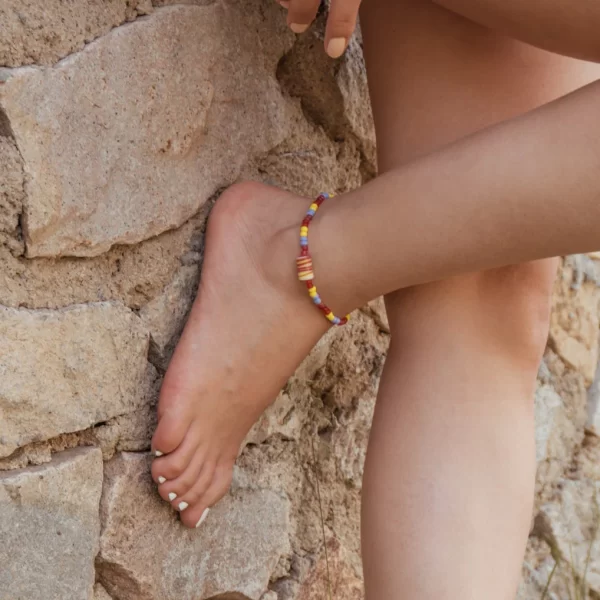
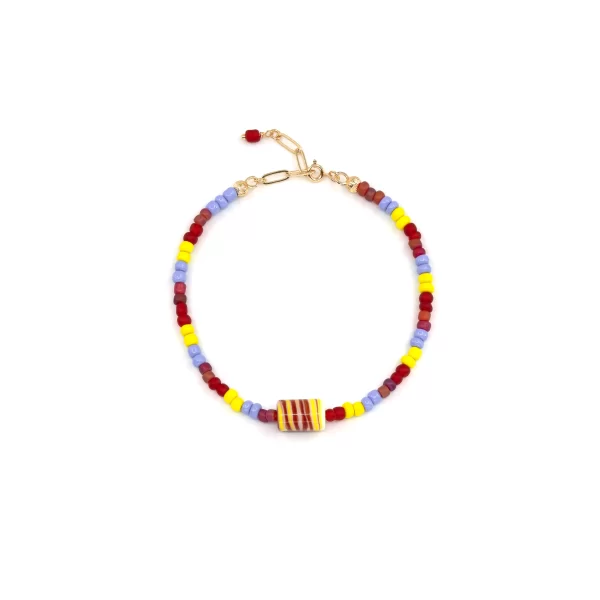 Product on saleTropical Taffy Anklet$32.20
Product on saleTropical Taffy Anklet$32.20 -

 Product on saleCaramel Macchiato Anklet$36.80
Product on saleCaramel Macchiato Anklet$36.80 -
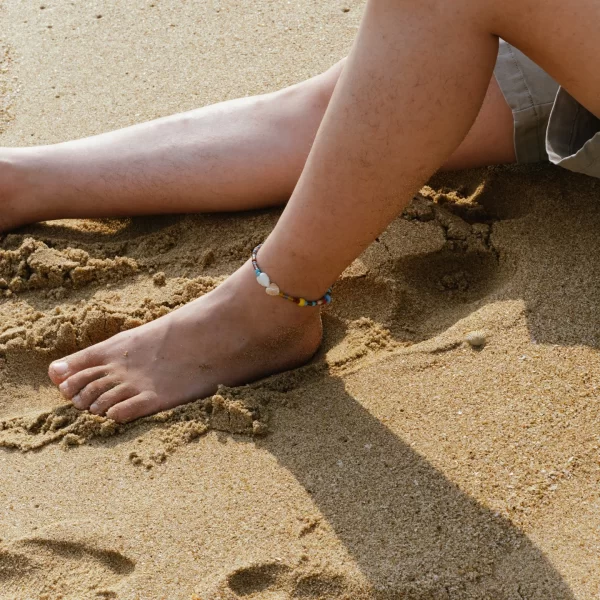
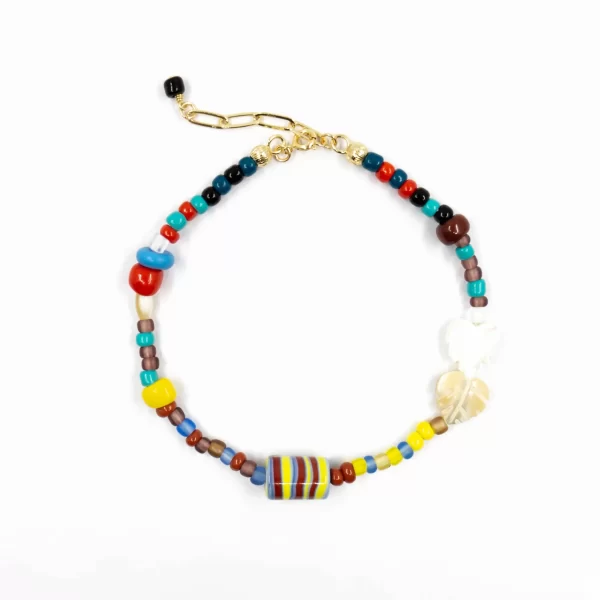 Product on saleTribal Rhapsody Anklet$36.80
Product on saleTribal Rhapsody Anklet$36.80 -
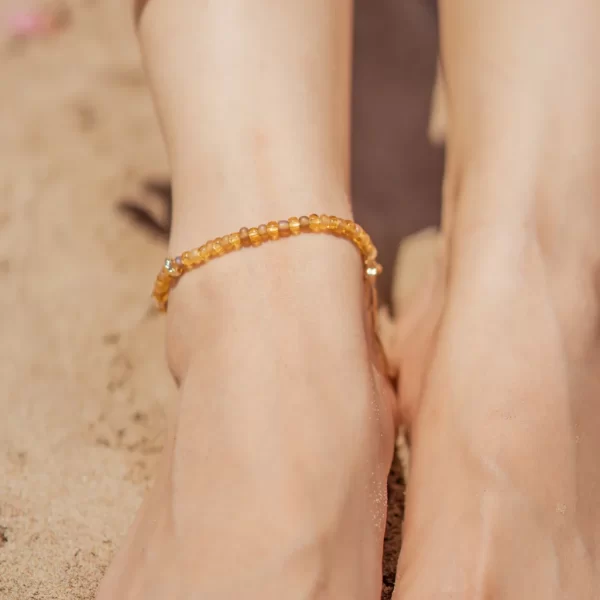
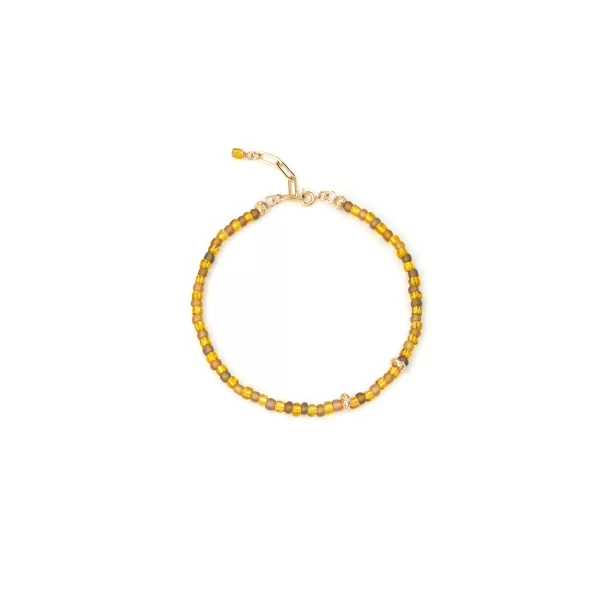 Product on saleChampagne Anklet$23.00
Product on saleChampagne Anklet$23.00 -
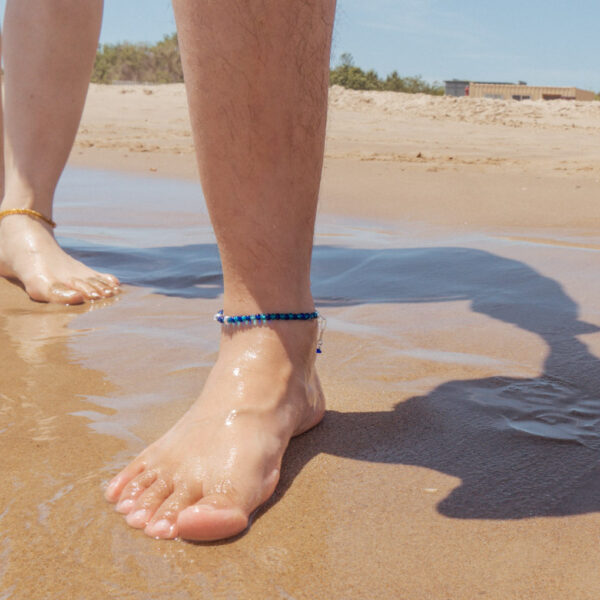
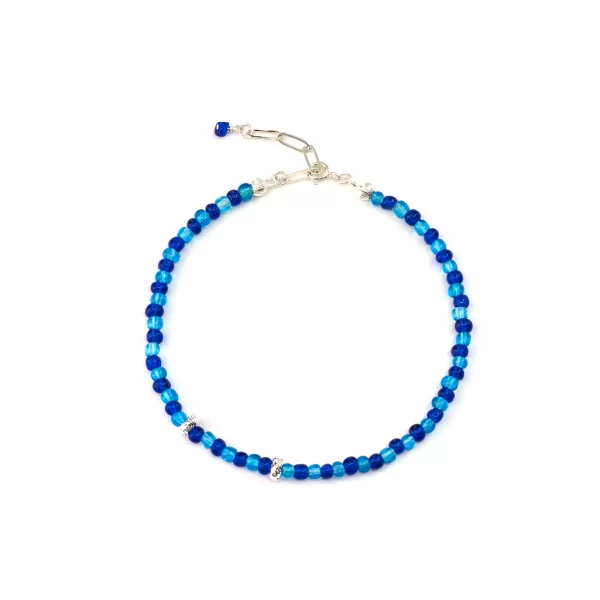 Product on saleDeep Ocean Anklet$32.20
Product on saleDeep Ocean Anklet$32.20 -
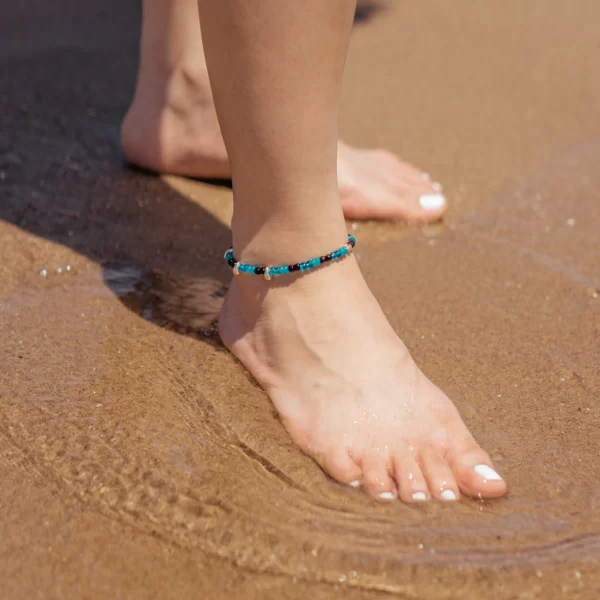
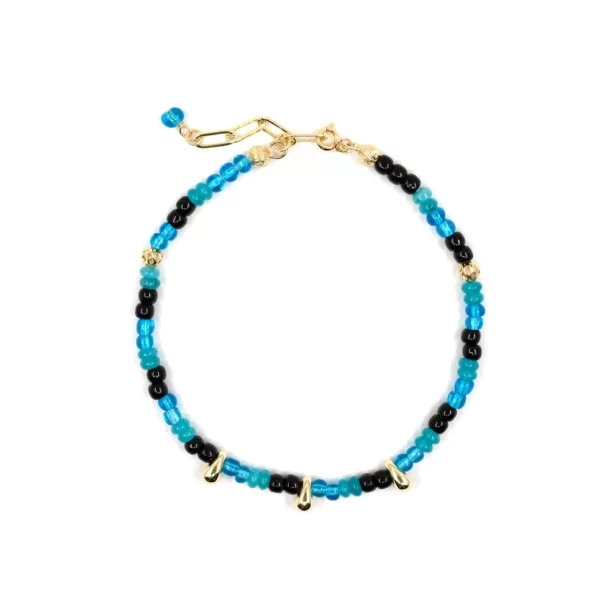 Product on salePool Party Anklet$44.80
Product on salePool Party Anklet$44.80
FAQs about Wearing Anklets Meanings
In ancient Egypt women wore anklets as a symbol that they were married – similar to wedding rings in modern times. The practice was especially prevalent amongst the wives of wealthy Egyptian women. In modern times, women of all social standing enjoy wearing ankle bracelets as fun, flirty, ornamentation.
Anklets were used as amulets and worn on the ankles because it was close to the ground. Therefore, anklets seem to continue to be used as a sort of protection. Anklets worn on the left ankle also signify that you are married or have a lover.
An anklet can be worn on either ankle; there are no underlying messages on what it means to wear it on the left versus the right. However, you should never wear your ankle bracelet with pantyhose. It should be worn on bare legs only.
In western culture, there is no meaning or significance behind which ankle you wear your anklet on, therefore, you can decide for yourself whether the left or the right feels more comfortable. Some choose to coordinate their jewellery, so you may want to take into consideration which hand you are wearing bracelets on.
